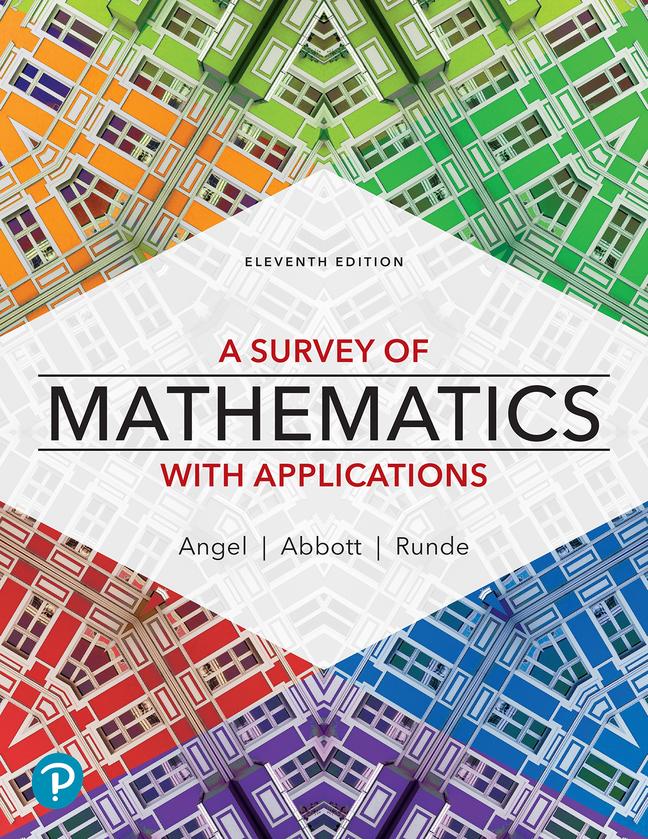Question
A laundry detergent manufacturer wished to test a new product prior to market release. One area of concern was the relationship between the height of
A laundry detergent manufacturer wished to test a new product prior to market release. One area of concern was the relationship between the height of the detergent suds in a washing machine to the amount of detergent added and the degree of agitation in the wash cycle. For a standard-size washing machine tub filled to the full level, different agitation levels (measured in minutes) and amounts of detergent were assigned in random order, and sud heights measured. Open the Detergent.sas7bdat data in SAS and answer the following questions.
a. By examining the plot of height (y), against agitation (x1) at each value of amount (x2), suggest a multiple regression model to explain the variation in sud height.
b. The proposed model: y=0+1x1+2x2+e was fitted to the data. Using the SAS output test the hypothesis of H0: 1 = 2 = 0 versus Ha :at least one of 1 or 2 0. Give the R2 value.
c. Use the residual plots to examine the plausibility of the model assumptions. By examining the residual plots, can you find reasons to suspect that a linear model is not adequate? If so, what other terms would you consider adding to the model? Explain how you reached your conclusion.
d. Based on the above residual analysis, the model
y=0+1x1+2x2+3 + 3 +e
was fitted to the data. Conduct an F-test to test the hypothesis H0: 3 = 4 = 0. What conclusion will you make based on the test results?
e. Use residual plots from fitting the model given in part (d) to verify the model assumptions. What improvements do these plots show compared to the first-order model, if any?
f. Use a t-statistic and the corresponding p-value from the SAS output of the fit of the model in part (d) to test H0: 4 = 0. What does the result of this test suggest?
g. Are there any multilinearity issues in the regression model fitted in part (d)? If yes, how to resolve this issue? Report the fitted model after resolving the multilinearity issues.
Step by Step Solution
There are 3 Steps involved in it
Step: 1

Get Instant Access to Expert-Tailored Solutions
See step-by-step solutions with expert insights and AI powered tools for academic success
Step: 2

Step: 3

Ace Your Homework with AI
Get the answers you need in no time with our AI-driven, step-by-step assistance
Get Started


